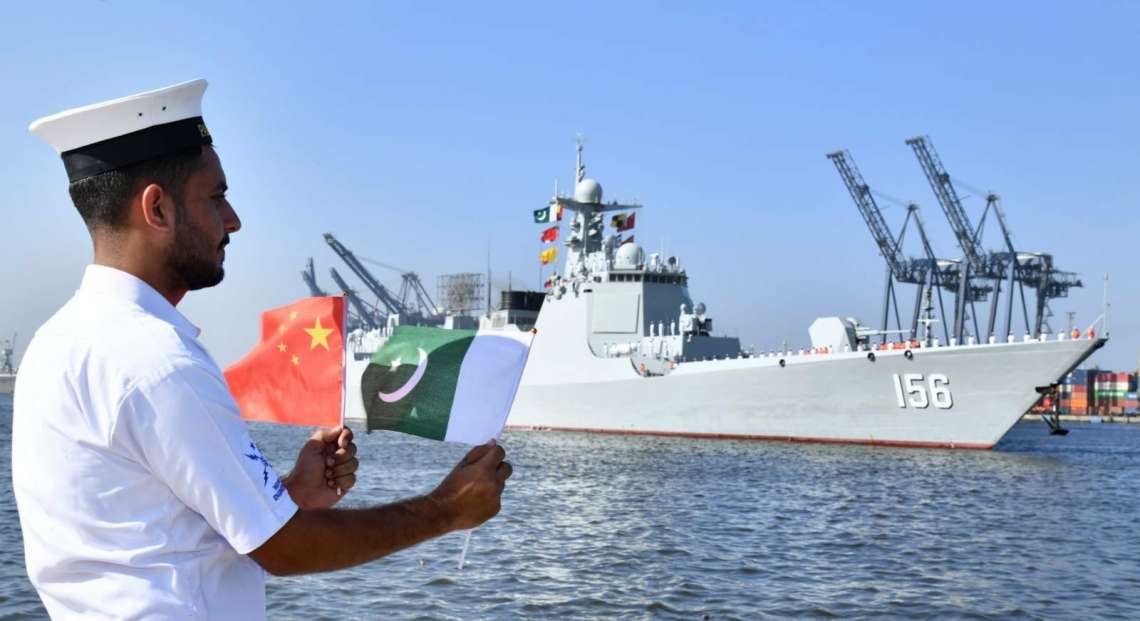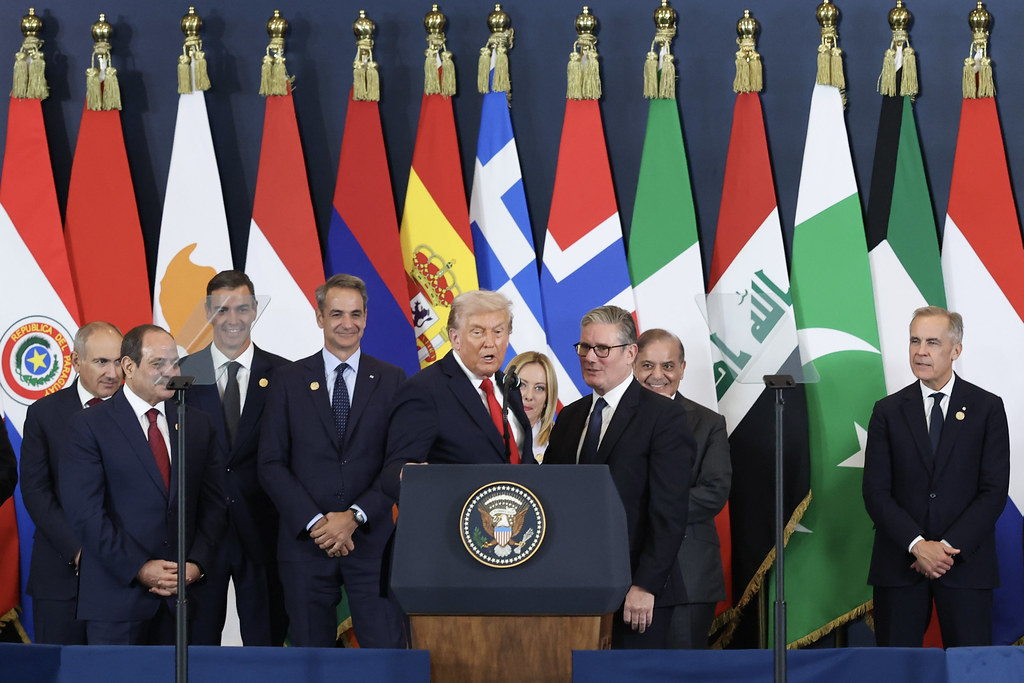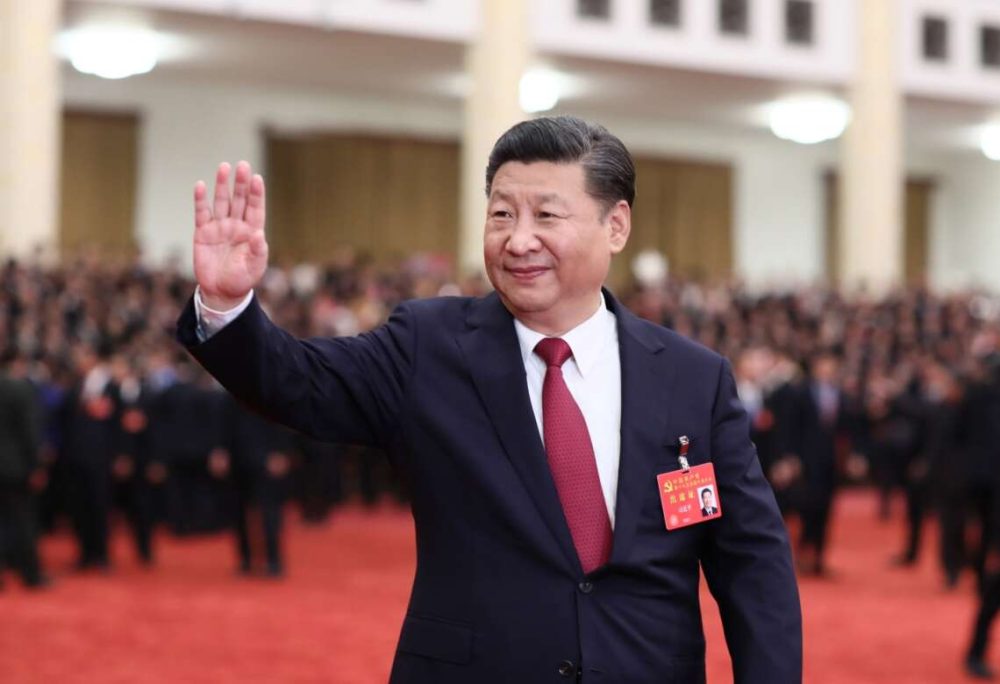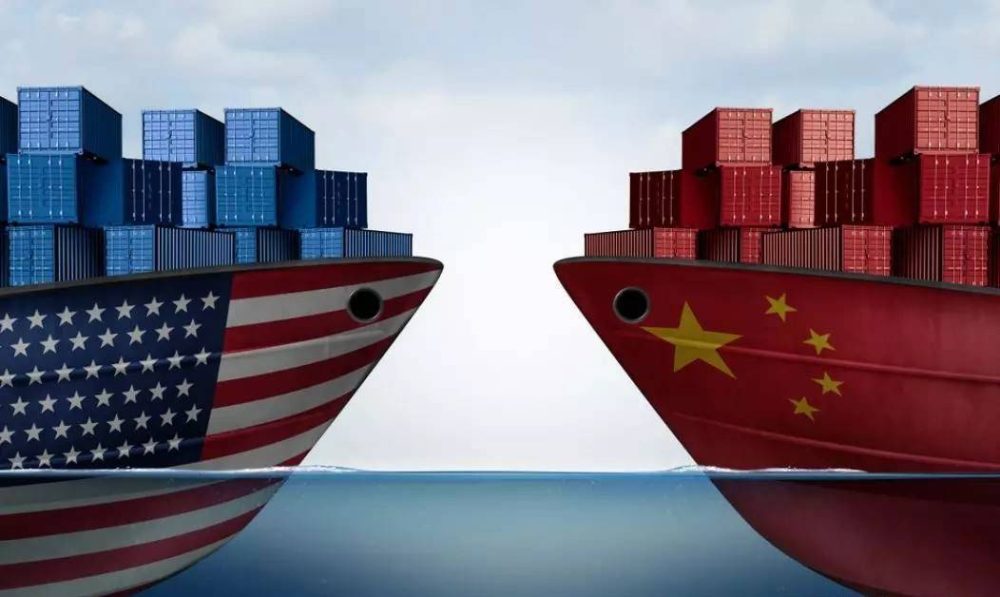The Pakistan–Somalia defence arrangement exemplifies a new modality of influence projection, i.e. doctrinal outsourcing. It allows major powers to implant strategic thought systems without formal basing rights or direct agreements. For Somalia, the trade-off between capacity and autonomy is thus sharper than it appears, writes Manan Bhatt (Retd)

The Pakistan–Somalia Defence Cooperation MoU (August 2025) must be viewed not as an isolated bilateral arrangement but as an extension of Pakistan’s evolving naval doctrine; one that has been shaped through sustained interaction with China under the Sea Guardian series of exercises (2019–2024). These annual drills, conducted alternately in the Northern Arabian Sea and the Gulf of Oman, have embedded within the Pakistan Navy (PN) a distinct operational grammar: Chinese hardware, Chinese doctrine, and Chinese priorities. Somalia’s naval trainees, therefore, will not simply inherit skills in seamanship or maritime policing; they will be initiated into a framework of operational thinking that aligns, consciously or otherwise, with Beijing’s strategic worldview.
From exercises to doctrine: The ‘Sea Guardian’ imprint
Between 2020 and 2024, four iterations of the Sea Guardian series were held, featuring anti-submarine warfare (ASW) drills, convoy escort simulations, replenishment exercises, and tactical manoeuvres. According to open-source assessments and Chinese defence communiqués [Source: PLA Navy Briefings, 2021–24], these exercises were designed to enhance interoperability and joint maritime security capacity. In practice, this translated into the diffusion of PLA(N) concepts into PN training, particularly regarding littoral surveillance, SLOC (Sea Lines of Communication) protection, and the layered defence of forward maritime assets.
The Pakistan Navy, historically trained along British and U.S. doctrinal lines, has undergone a quiet reconfiguration through these processes. The increasing prevalence of Chinese-origin platforms, such as the Type-054A/P frigates and the Hangor-class submarines, necessitated parallel shifts in tactical instruction and maintenance culture. Technical manuals, command simulations, and combat system integration protocols are now predominantly Chinese-language sourced, mediated through Beijing’s technical liaison units embedded in Karachi. This reorientation, initially technical, has over time acquired doctrinal depth.
Somalia, by aligning its nascent naval training architecture with Pakistan under the new MoU, effectively plugs into this doctrinal current. The training packages to be delivered – that are to encompass navigation, patrol planning, ASW theory, and counter-piracy operations in the Somali playbook, mirror the Sea Guardian playbook. In the absence of a neutral or multilateral audit mechanism, the risk is clear: Somalia’s naval doctrine could evolve as an unacknowledged derivative of Chinese maritime templates, mediated through Pakistan.
Diffusion by design
Such doctrinal diffusion, though subtle, has significant strategic consequences. Beijing’s maritime outreach under the Belt and Road Initiative (BRI) increasingly relies on indirect channels of influence, using partners such as Pakistan to replicate operational and logistical frameworks across the Indian Ocean Region (IOR). The Pakistan Navy’s mentorship in Somalia, therefore, must be understood as a potential vector for this secondary diffusion by embedding Chinese command philosophies under the guise of bilateral training.
From a systems perspective, this transference is both efficient and deniable. Pakistan provides the “South–South cooperation” legitimacy, while the underlying training architecture carries traces of PLA(N) influence: hierarchical control, emphasis on coastal surveillance grids, and centralised command decision-making. Somali naval personnel trained under this structure may, in future, find themselves adhering to doctrines optimised not for regional autonomy, but for external interoperability, particularly with Chinese-aligned forces in the IOR.
Historical precedent reinforces this concern. Similar patterns have emerged in Gwadar where the joint operational protocols between Chinese commercial port operators and Pakistani naval units, reflect a seamless overlap of commercial and military maritime domains. Somalia’s partnership risks replicating this template, beginning as capacity-building and maturing into logistical dependency.
What Somalia may receive
The MoU outlines a broad framework; from basic seamanship to advanced war-college-level instruction. Yet the details, as per available reports from Pakistan’s Inter Services Public Relations (ISPR), remain opaque. Based on prior bilateral training models, such as Pakistan’s assistance to Sri Lanka and Oman, the following transference can be anticipated:
- Tactical Navigation and ASW Simulation – Derived from Sea Guardian modules involving convoy escort and submarine detection exercises.
- Technical Maintenance Training – Centred on Chinese-origin systems; likely to introduce dependency on foreign spares and diagnostic software.
- Maritime Domain Awareness (MDA) Frameworks – Adapted from Pakistan’s use of Chinese MDA suites, integrating radar surveillance and satellite-fed data nodes.
- Command & Control Exercises – Emphasising top-down hierarchical structures with limited delegation, reflective of PLA(N) practices.
While these modules enhance immediate capacity, they do so within an externally defined operating logic. Somalia’s sovereignty over its own naval doctrine could, in time, be diluted by the very assistance designed to strengthen it.
Diplomatic and regional dimensions
The optics of Pakistan’s engagement have been carefully crafted. By positioning itself as a provider of “affordable maritime expertise,” Islamabad seeks to project relevance in the western Indian Ocean, counterbalancing India’s partnerships with the African littoral. Yet, given Pakistan’s economic fragility and reliance on Chinese defence financing, the transaction carries unmistakable undertones of proxy representation.
For Beijing, the benefits are structural: Somalia’s western coastline, adjacent to the Bab el-Mandeb chokepoint, forms a natural extension of China’s existing footprint in Djibouti. Should Pakistan’s technical personnel gain sustained access to Somali ports, they would effectively serve as the logistical intermediary in a corridor stretching from Karachi to Mogadishu, which is a maritime continuum that mirrors the terrestrial arcs of the BRI.
Policy implications
The Pakistan–Somalia defence arrangement exemplifies a new modality of influence projection, i.e. doctrinal outsourcing. It allows major powers to implant strategic thought systems without formal basing rights or direct agreements. For Somalia, the trade-off between capacity and autonomy is thus sharper than it appears.
Multilateral training models, such as those under the EUCAP Somalia and Combined Maritime Forces (CMF), provide an instructive contrast. Their transparency, audited outcomes, and multinational oversight dilute the risk of doctrinal capture. Bilateral engagements, by contrast, may enhance efficiency but often at the cost of strategic sovereignty.
For policymakers observing this development, the imperative is twofold:
• First, to ensure that external capacity-building aligns with Somalia’s independent maritime objectives, not the strategic preferences of distant patrons.
• Second, to reinforce multilateral maritime governance frameworks as the normative benchmark for cooperation.
In sum, the “training” Pakistan now offers is not an apolitical act of solidarity; it is a vector of influence, refined through Sea Guardian drills, sanctioned by shared dependency, and delivered beneath the polite lexicon of partnership. Somalia, in accepting this assistance, may find that is has learned not only how to patrol its seas, but also how easily one’s autonomy can be anchored to another’s design.
(Manan Bhatt is a distinguished Veteran of the Indian Navy with 15 years of service, including active participation in Operation Talwar (Kargil War) and Operation Parakram. A graduate of Saurashtra University, he has served onboard Frigates and Corvettes, and held key assignments at the Integrated Headquarters of Defence and the Defence Research and Development Organisation (DRDO). Beyond his military service, Manan is deeply committed to the rehabilitation and resettlement of widows, children, and families of fallen soldiers, as well as the welfare of disabled and retired servicemen. He continues to dedicate his life to honoring and supporting the armed forces community.)














